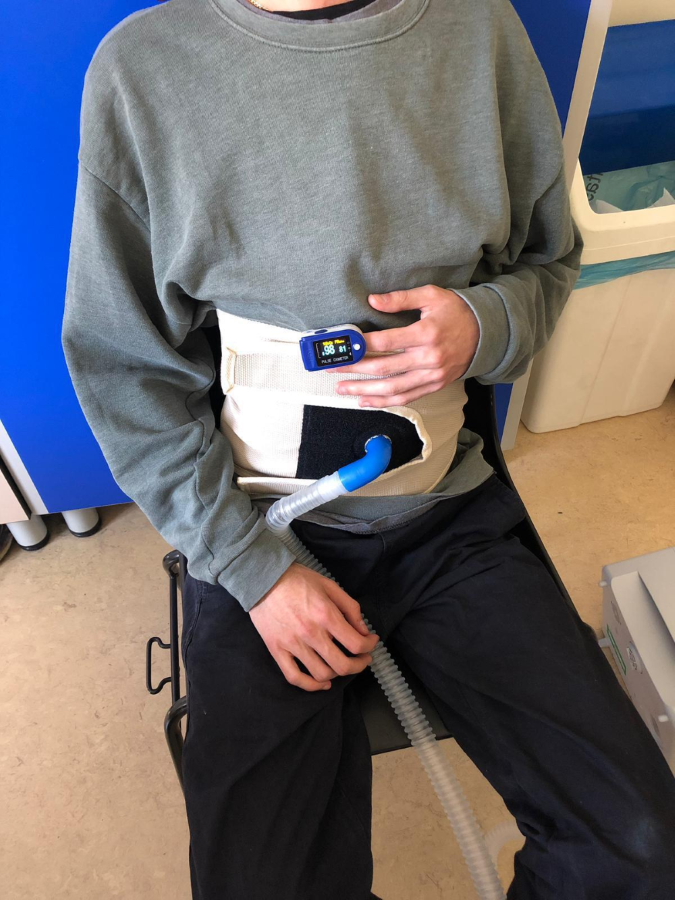Abstract
Background. Intermittent abdominal pressure ventilation (IAPV) was first used in 1930s for muscular dystrophy. In recent years, the community renewed the interest on IAPV (Fig.1). However, there are no guidelines for it.
Aim. Establish a consensus to provide IAPV guidelines for the treatment of patients with NMD.
Method. A 3-step modified Delphi method was used to establish consensus among 14 expert respiratory physicians. A systematic review of the literature was carried out according to PRISMA to identify existing evidence on IAPV.
Results. indications to IAPV include NMD, kyphoscoliosis after surgical correction, and spinal cord injury, when non-invasive ventilation (NIV) is needed for ?16 hours/day. IAPV is strongly recommended when NIV is limited by intolerance or adverse events such as decubitus ulcers. Tracheostomized patients can undergo IAPV with capping cannula. IAPV is available in volume or pressure-controlled mode. The settings and mode are very much patient tailored based on comfort. It is strongly recommended to monitor relief of symptoms, peripheral oxygen saturation, carbon dioxide, tidal volume, and respiratory rate. The IAPV machine should be usually used during daytime because of the semi-recumbent position to be maintained during its use. Potential complications are food regurgitation and decubitus ulcers on the abdomen.
Conclusions. This is the first expert consensus on IAPV.
